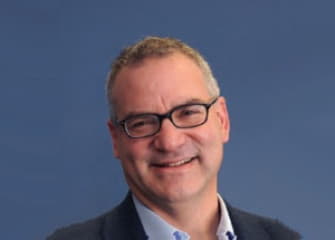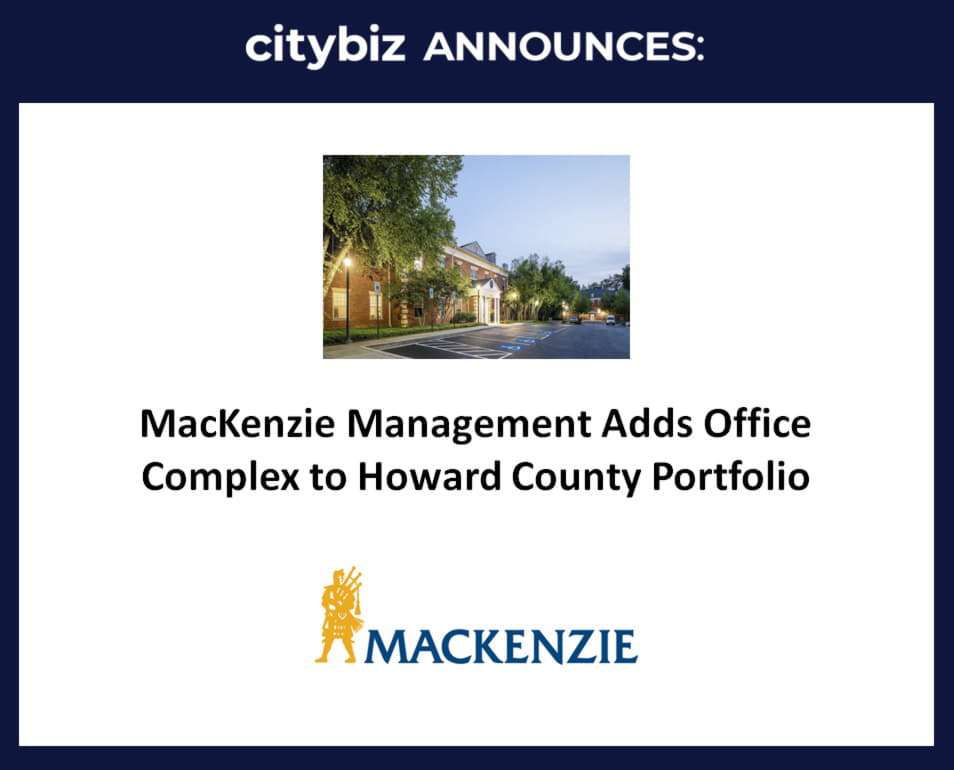
Steve Gross
Click here for Part I, Part II & Part III
Offering a flexible education curriculum for K–12 students everywhere, backed by over a century of experience
Steve Gross is the CEO of Calvert Education Services. Founded in 1906 through the Calvert School of Baltimore, Calvert Education Services provides homeschooling, instructional support services, and virtual and distance learning programs for students in kindergarten through 12th grade. The company’s curriculum encompasses history, mathematics, reading, writing, arts, music, literature, science, social studies, geography, and many more enrichment courses. For this citybizlist interview, Steve spoke with David Warnock, the founder and CEO of Camden Partners, who also serves as Calvert Education Services’ chairman of the board.
DAVID WARNOCK: When Camden invested in Calvert, it was on the perception that Calvert was under-invested. The day school didn’t have the money to invest in curriculum, didn’t have the money to invest in frankly the kind of management team that Steve has put together. We were on the cusp of a nation of digital natives and we were on the cusp of a world of digital natives, and we were on the cusp of kids that were used to communicating and learning in a virtual environment. Calvert had the capability to transform itself and play in that arena. They’d already done that a little bit with private pay homeschool business, and we knew a lot about the virtual charter business, but there was a tremendous opportunity to take Calvert take a great brand, bring a great management team to it, and really ride that wave of online learning. It’s taken us a little bit longer than we thought. I think that the transition from being a private pay mentality to a public pay mentality is something that Steve’s a done a great job of addressing, primarily by bringing in a team of superb people who have experience at a whole host of other successful companies. But I feel like we are at the forefront of a tremendous wave in the way young people want to learn.
STEVE GROSS: That’s well said. I totally agree. The other motivating factor—I’m sure, David—is that you’re investing in a growth market. Someone showed me a piece of data yesterday that K–8 in what’s called non-managed virtual schools. A segment of the virtual schools that are not run by K-12 in connections is growing between 30% and 40%. That’s huge. We’re cracking the code to figure out how to access that and get our disproportionate share of it.
DAVID WARNOCK: One of the other wakeup calls for me was that, you know, as the co-chairman of this charter school in West Baltimore—in one of the most impoverished areas of West Baltimore where 96% of our kids are on free and reduced lunch, which means they live below the poverty line—we did a little bit of a survey, and, yeah, 96% of our kids live below the poverty line, but 90% of them come to school everyday with a smartphone. Now, it’s not an iPhone X, but it’s the iPhone I was dying to have five years ago, and it’s connected to the internet. And so whether you are an affluent kid going to Gilman or whether you are in West Baltimore, you are a digital native, and the old instructor-led mode of teaching is increasingly outmoded. Calvert is right on the cusp of that regardless of where you are.
STEVE GROSS: I agree. In a way, what Calvert and Green Street have in common is that both organizations are helping kids who have challenges. Green Street is in the tough area like you’ve described, but oftentimes, the families, the kids who are in virtual schools, they’re there because they have to be. It’s a last resort. I think of it often as one-third of the kids in virtual schools are playing offense and two-thirds are playing defense. We’ve got to be there for them, not only as our company but as a society. We’re working hard to make sure that the Calvert Education works for that population, works for those schools that serve that population, and it’s a challenge. But if we make a major contribution to cracking that code, that’s a sustainable contribution that matters.
DAVID WARNOCK: The other thing is that I think people are increasingly comfortable with virtual communities. Facebook is the ultimate virtual community, right? But one of the things we’re seeing at Calvert is that we are creating a global virtual community through our students. They may be working on projects together all around the world. I was fascinated to see those kids who came to our graduation in Baltimore from all those different countries. They already knew each other because they’d been communicating and working together in the course of getting their Calvert education. One of the things that I think we’ve got to be thinking hard about—it is a great opportunity—is how do we maximize the impact in the potential of the global community that is the Calvert user, whether they’re in a public pay environment like Green Street Academy, whether a private pay family in Saudi Arabia—because their dad transferred there for two years—or whether they’re a kid in a public school like Beijing Limai or the new one that we got in Angola, right? Those are all kids of roughly the same age, who are learning the same skills, who are all digital natives who want to communicate with each other, and there’s not very many entities that allow them to do that in an education setting.
STEVE GROSS: I totally agree. It’s a really big idea you’re talking about. Part of it is how do you connect them generally? But then, even better is how do you connect them in context, like you were saying? We’ve built this new curriculum and platform, and a big part of it is the collaboration features that are part of that. Now, that’s not in and of itself going to drive that sort of community that you’re talking about—it takes a lot more work to get that going—but it’s beginning. It needs that. It’s necessary but not sufficient. But if we can really make progress on that front, boy, that takes what we’re about and turns that into such an advantage for the families, for the schools, and for Calvert. I couldn’t be more excited about it.
DAVID WARNOCK: …And for Baltimore.
STEVE GROSS: And for Baltimore.
DAVID WARNOCK: We are very proud to be a Baltimore institution and have you know tens of employees that live and work in and around this city. We don't forget our roots.
STEVE GROSS: Totally. Baltimore is a huge part of the Calvert equation—very important. It’s known as a Baltimore company. That’s a part of its gestalt. And, when international schools want to learn more about Calvert, they insist on coming to Baltimore, you know, and that’s a regular stream of visitors here, and they come away impressed. It’s something we’re proud of.
DAVID WARNOCK: Steve, it’s been a great privilege and a lot of fun working together over the course of the last three years. Under your guidance, I think Calvert is honestly just getting started.
STEVE GROSS: I appreciate it. Thanks for the opportunity. Thanks, David.
Connect with Steve on LinkedIn


Edwin Warfield, CEO of citybizlist, conducts the CEO Interviews.
If you're interested in reaching CEOs, please contact edwin.warfield@citybuzz.co



































